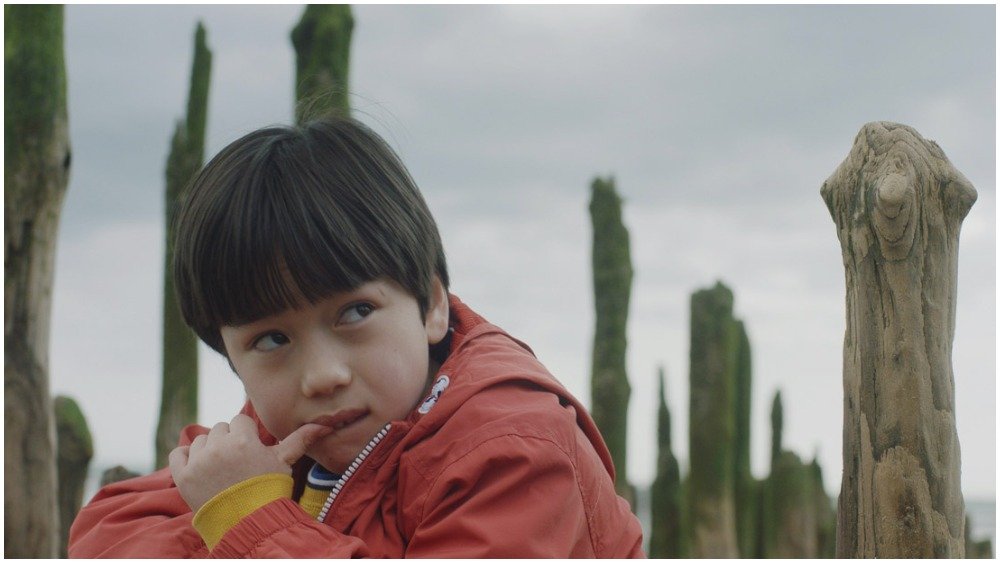The Reason I Jump goes above and beyond in its description of non-verbal autism and shows us what it means to communicate and be seen for who you are.
Imagine experiencing the world in high resolution, ultra-sonorous, vibrating with life, colour, details. Imagine you’re taking snapshots of the world around you, the impressions it leaves on you, the sensual feeling of the air around you, the minute details carved in the objects that surround you. Can you feel your senses heightening? Higher and higher, everything comes more into focus, it’s overwhelming; nay, it’s overtaking you. Every fragment of life, and of experience, is brought into immense focus, fighting for your attention. That, according to director Jerry Rothwell (How to Change the World, Sour Grapes), is how we can best envision an autistic experience of the world. The Reason I Jump brings into hyper-focus how non-verbal people on the spectrum experience the world, interpret the world, and most of all, communicate with the world.
To call The Reason I Jump a documentary would be unfair: it is more an immersive cinematic exploration of neurodiversity through the experiences of non-speaking autistic people from around the world. The film’s narrative is built around the reading of excerpts from a book written by the, then 13-year old, Japanese author Naoki Higashida. Since he is non-verbal and has ASD himself, Naoki learned to communicate with the world through the use of a handmade alphabet grid. He began to write poems and short stories, and soon after compiled a unique book answering all the questions people have about non-verbal autistic people. The Reason I Jump combines his answers and follows five teenagers and their families around the world in their journey to communication and validation. It is a powerful statement that though they may not be audibly heard in some cases, they are never void of language.
Naoki’s book is like cartography, a map of his mind and how many other autistic children experience the world. The Reason I Jump explains to us that “time is a continuous thing with no clear boundaries, that’s why it’s confusing.” In the mind of an autistic person, there is no time differentiation: memories and the present time alternate at varying speeds and occurrences. Time is like a pool of dots, never connected in the right order. The emotional distance we have to memories therefore does not exist either, each lived moment will be relived as if it was happening again. This emotionally taxing process often leads to sudden meltdowns, mainly brought on by the despair and frustration with not being able to communicate what you’re going through.

The Reason I Jump tenderly and lovingly lets you experience the full process of experiencing the world and attempts at communication. It is aided by an excellent cinematography that takes Naoki’s words literally, and “detail by detail, the whole image floats up in focus.” Bright and brilliant colours dominate the screen and objects are put into extreme detail, slowly revealing the world they are part of while the viewer struggles to identify everyday objects. Enlarged snapshots that briskly and rapidly follow each other replicates the uncensored input their senses must receive an overload of.
Sound designer Nick Ryan’s synesthetic abilities and immersive Atmos sound design featuring 360 ° recordings from each film location truly heighten our senses to how much can be communicated in sound when we don’t speak. The Reason I Jump manages to represent the “out of control slideshow”, as people with ASD experience the world, with respect and admiration. A wave of sensorial experience that washes over you like a flood, and leaves you pleasantly exhausted and moved by its magnitude.
Rightfully a Sundance award-winning film, The Reason I Jump gives us many insights into the hardships and aspirations of people on the spectrum. By letting them take the lead of their own narrative, Jerry Rothwill gives them a voice that can change the stigma and their futures. A highly emotional moment arrives in the latter part of the film, when Ben (23, American), textualizes (non-verbally communicates) that “we can change the conversation around autism by being part of the conversation”. The fact that they have not been able to do for the past years, is a “violation of our human rights”, he says. The more time I spent in their world, the more the strength and importance of their voices became clear. You might not hear them speak, but they have so much more to say. It is time that we listen.
The Reason I Jump is now available to watch on digital and on demand.

